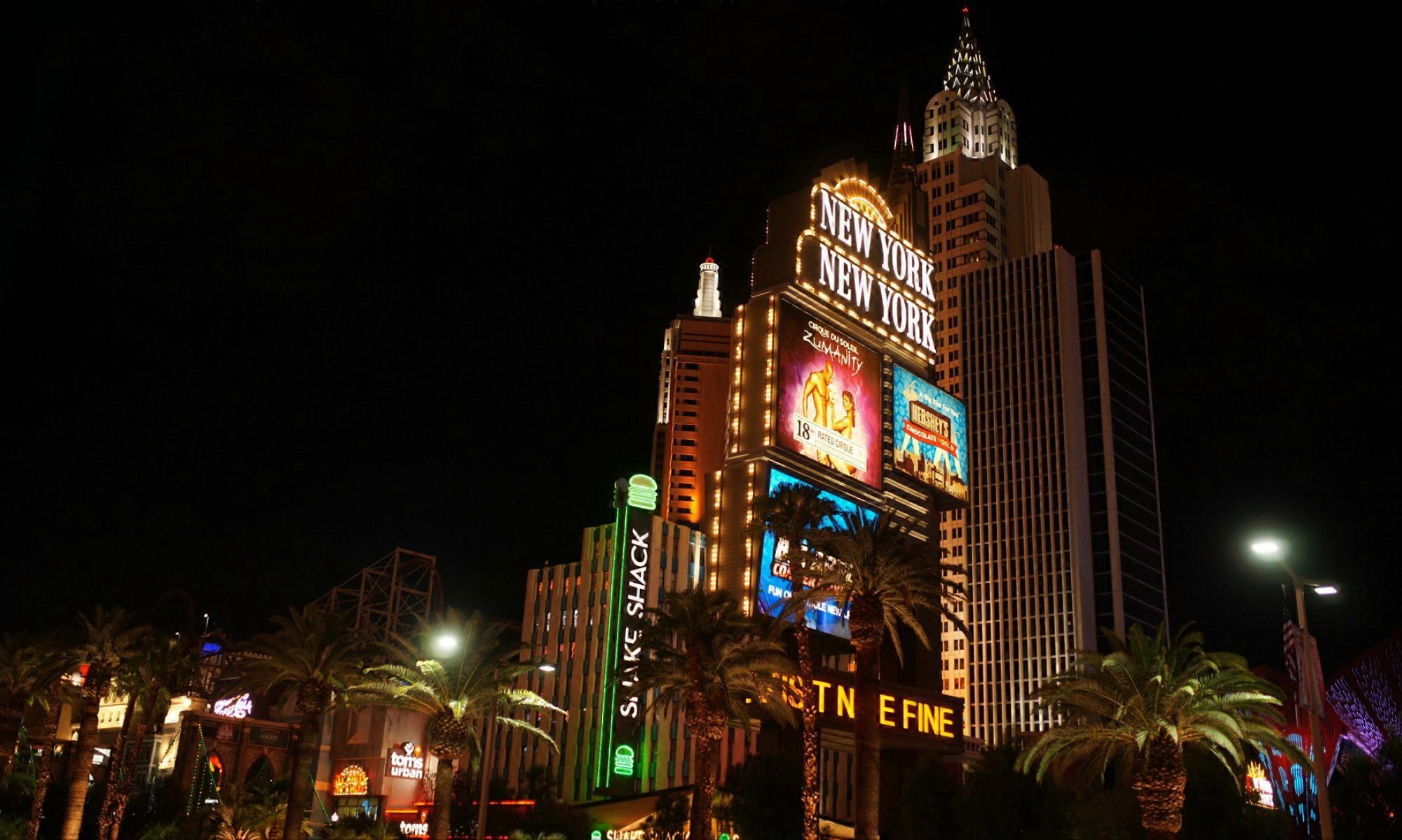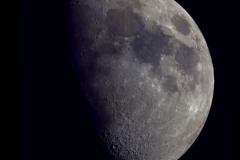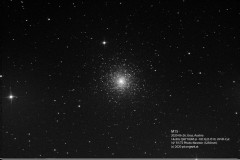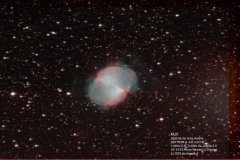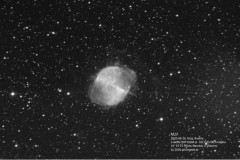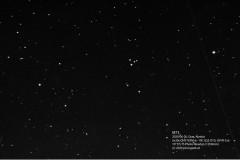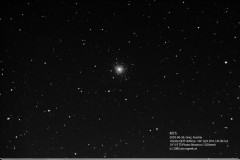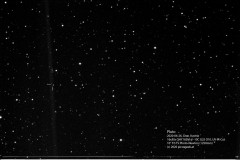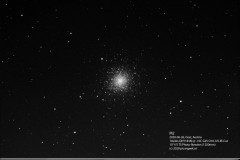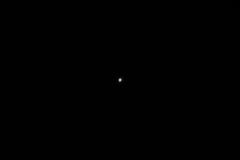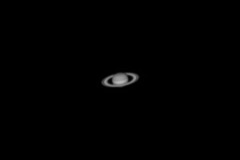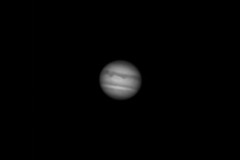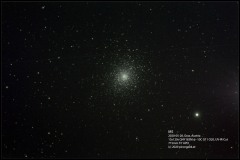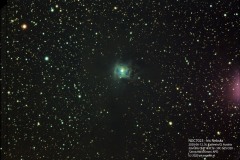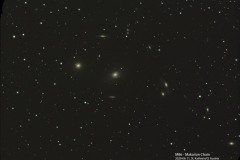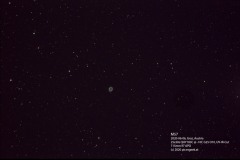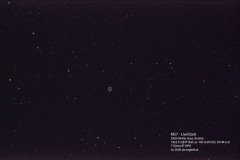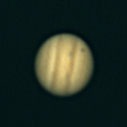The following image of the moon is a mosaic of 2 images. Both images were stacked in AutoStakkert from 400 individual images, using the best 10%.
One night of Messier and Planet hunting at home
My limited view from the balcony is not the best for astronomy. I have approximately 120 degree east to west, facing south-east across the city. The maximum altitude i may see stars with the telescope is 74 degrees. Objects positioned low in the sky are blocked by the adjacent building up to 25 degrees. So I have access to only a smaller part of the sky, with typical Bortle 5-6 visibility.
Even though conditions seem to be unfavorable to setup a telescope…
– at times, I have all the planets in view
– the moon is a wonderful sight, even though the air above the city is far from stable
– several deep sky beauties come into view almost year round
– using light pollution filters work really well under these conditions
– I may view or image every night (time and weather permitting) without the hazzle of packing, driving an hour to one of the next darker sites, setting up, …
To proof that the night sky has still a lot to offer in light polluted urban places, I collected the images below in one single night, within less than 4 hours:
M5 globular cluster in different exposure settings
Speed of optics and exposure times have a great impact on the resulting image. Even though a higher quantity of individual exposures may improve the result, the total amount of photons collected is key.
The 715mm f/7 APO is significantly slower than the 800mm f/4 photo newton, the total capture time of 600s vs 1560s produces a significantly better result:
